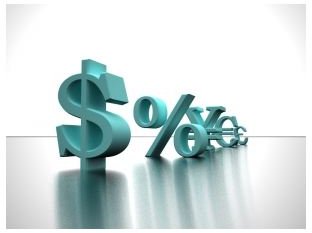Understanding Depreciation of Fixed Assets
Introduction to Fixed Assets and Depreciation
Fixed assets are all those items, equipment, vehicles, buildings, and other tangibles that are purchased and used by an organization to generate profit. Fixed assets, or non-current assets, are long-term tangible items that are not sold or consumed during the operational life of a business. They are merely used as tools–allowing a business to carry out its daily operations.
The value of an asset depreciates as it is used over time. For instance, the wear and tear (from mileage, age, and condition) of a vehicle due to its use depreciates, or lessens, its value. Depreciation is the wear and tear associated with the use of an asset. The depreciation of fixed assets is the decrease in their purchase price, or value, due to their usage.
Depreciation is listed as an expense. It is a way the current value of a particular asset can be calculated based on its usage. This is important to businesses for various reasons: depreciation on fixed assets determines accurate profits made by an organization and shows its correct financial position at any given point in time. This allows businesses to determine their tax liabilities and enables them to make appropriate provisions for asset replacement.
According to Kathy Ivens and Leslie Capachietti in “QuickBooks 2010: The Official Guide,” depreciation on assets is a journal entry activity and is typically calculated by organizations at the year’s end.
Resource: Capachietti, Leslie. QuickBooks 2010: The official guide. McGraw-Hill Osborne Media, 2009. (Kathy Ivens is also listed in the author information.)
Image credit: sxc.hu, Money 1, by Svilen001.
Causes of Fixed Asset Depreciation
According to V.R. Palanivelu in the book “Accounting for Management,” depreciation of fixed assets is caused by time factors, economic factors, physical causes, and abnormal occurrences.
-
Assets such as copyrights, patents and leases have a fixed legal life. They lose value merely with the passage of time. These, and similar time-based assets, are time-factor depreciation assets.
-
Depreciation due to technological and fashion changes is depreciation due to economic factors. These changes make assets obsolete, even if they are unused or in excellent condition.
-
Physical causes of depreciation are due to the wear and tear of an asset (twisting, impact, pull and fatigue) that decrease its value.
-
Abnormal occurrences that contribute to the depreciating value of assets include accidents, inferior asset quality, and other similar factors.
Resource: Palanivelu, V.R. Accounting for Management. Laxmi Publications, 2009.
Calculating Fixed Asset Depreciation
Depreciation of fixed assets is calculated by:
- The cost price of the asset,
- Its estimated life (in years), and
- Its scrap or residual value at the end of its life.
How is Depreciation Calculated
Depreciation of fixed assets is calculated by a few different methods, including:
- Straight Line Method
The straight line method of calculating depreciation divides its cost by its useful life.
For instance, a chair is purchased for $103.42. Its expected life is 5 years. Annual depreciation is calculated by dividing $103.42 by 5, or $20.68.
$20.68 will be expensed each year for five years.
Other methods include:
- The Annuity Method
- Sum of the Years Digits Method
- Straight Line Method
- Revaluation Method
- Insurance Policy Method
- Depletion Method
- Machine Hour Rate Method
- Diminishing Balance Method
